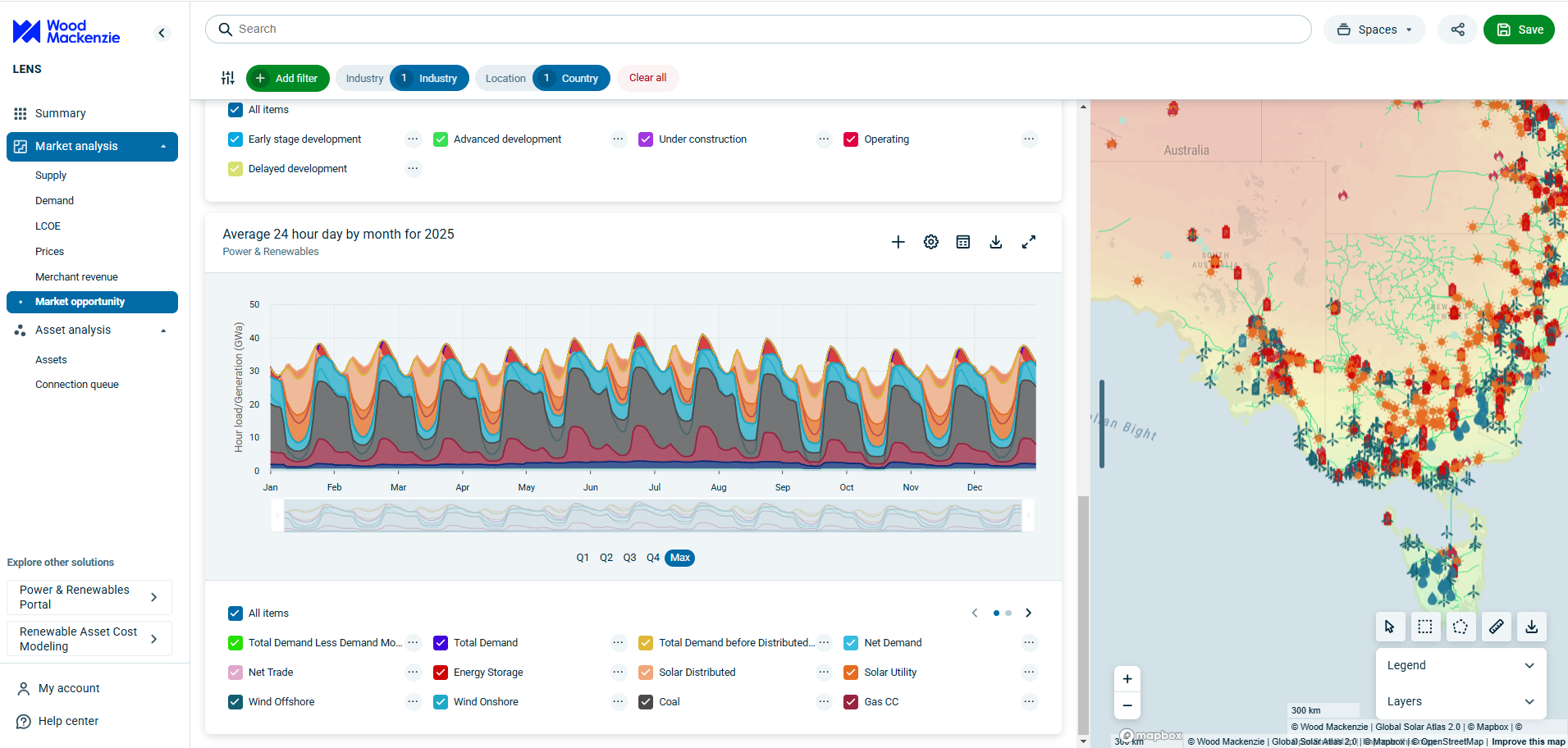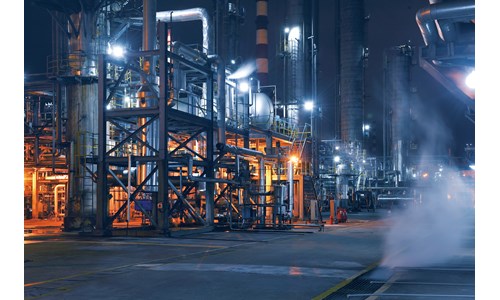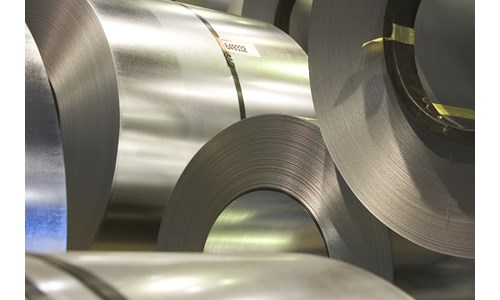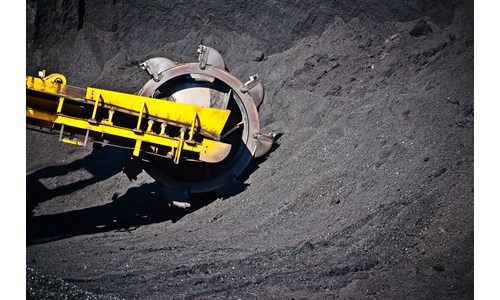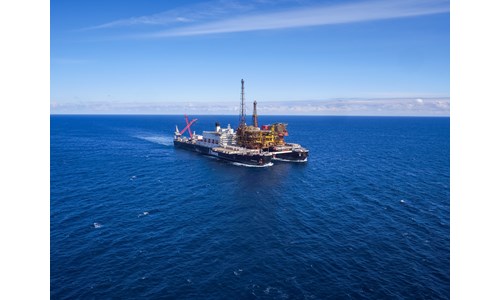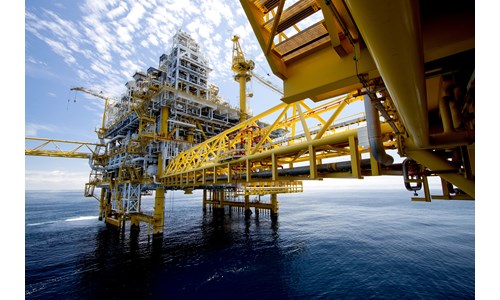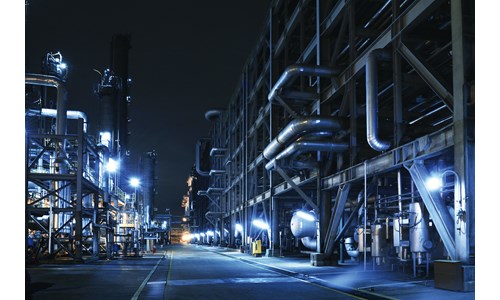Four reasons why gas players remain disciplined as prices soar
*Please note that this report only includes an Excel data file if this is indicated in "What's included" below
Report summary
Table of contents
-
Executive summary
- What’s been happening in the major gas plays?
- 1. Gas producers aren’t necessarily receiving the prices we see today
- 2. Elevated gearing ratios dictate capital allocation
- 3. Private E&Ps no longer dominate Haynesville production
- 4. DUCs won't be around forever to compensate for low rig counts
Tables and charts
This report includes the following images and tables:
- Northeast price to rig activity
- Marcellus monthly rig additions
- Haynesville gas production and rigs
- Marcellus spuds and completions
What's included
This report contains:
Other reports you may be interested in
US Lower 48 Gas - corporate benchmarking
Benchmarking US gas producers on strategy, resilience, LNG exposure, and M&A capacity in a tightening market.
$1,350How offshore companies are structurally changing the competitive landscape
Consolidation, alliances, diversified business models, together with market tightness have helped suppliers regain pricing power.
$1,350Global Upstream Update: our favourite slides and topics – June 2024
Key themes: putting dealflow in context, governments under pressure, unlocking value in shales
$1,350




